Coffee seems to be transforming its reputation. It’s no longer seen as the harmful beverage it once was. Just this year, the International Journal of Cancer published the results of a study examining “the effect of Italian-style coffee consumption on prostate cancer risk” in almost 7,000 men in the Molise region of Italy (Pounis, et al., 2017, p. 72). The researchers determined that the men who consumed more than three cups of Italian-style coffee per day had a 53 percent lower risk of developing prostate cancer than those who drank zero to two cups per day. That is great news!
But, wait a minute—what is Italian-style coffee? Is it the same as American coffee? Turns out, it isn’t. Italian-style coffee is prepared in high-pressure hot water (over 1600 degrees Fahrenheit) without using filters. Most Columbia, MD employees know it as espresso, not coffee.
This isn’t to say that coffee doesn’t have any health benefits. In fact, the results of two studies that were published in 2016 show that coffee does more than offer an energy boost and decrease the likelihood of developing type 2 diabetes, Parkinson’s disease, and dementia. The International Agency for Research on Cancer determined, after reviewing 1000 previously completed studies, that coffee cannot be classified as a cause of cancer anymore. At the same time, a different group of researchers was performing a comprehensive analysis of the relationship between coffee and different cancer types. They found that coffee intake was associated with reduced risk of oral, pharynx, liver, colon, prostate, endometrial cancer, and melanoma. More good news.
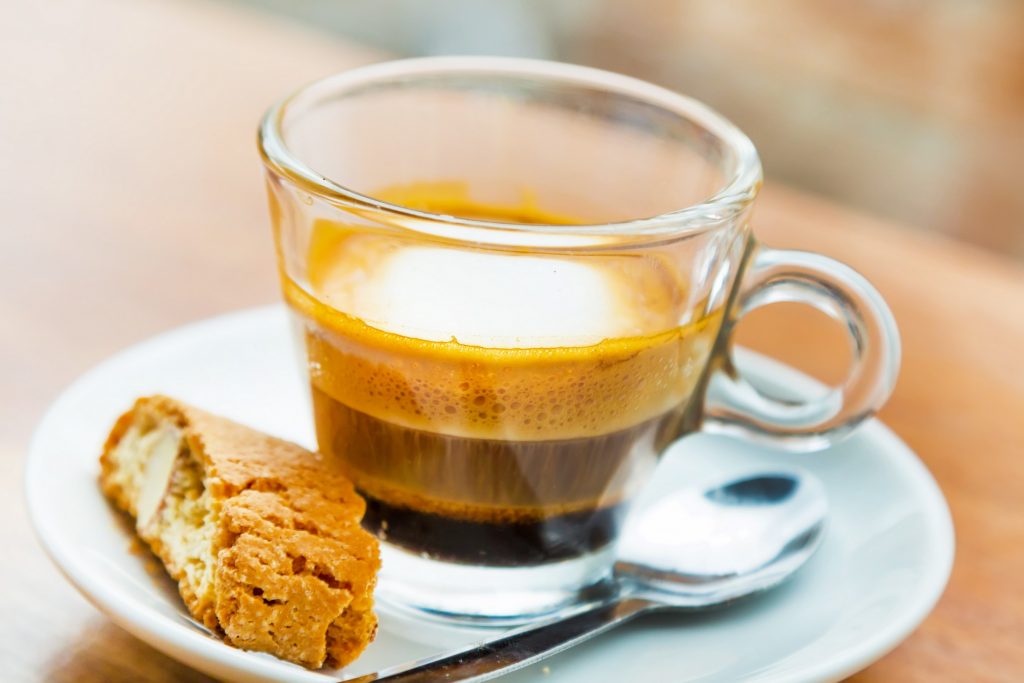
There is one concern, however, that researchers discovered while studying coffee. Drinking hot or very hot beverages, whether coffee, tea, or something else, can contribute to an increased risk of esophageal cancer or cancer of the esophagus when compared to lower temperature beverages. To help avoid that, remember to give your coffee a few minutes to cool before drinking it. Columbia, MD consumers also have a variety of cold beverages such as iced tea or water to choose from if they are looking for something at a lower temperature.
With such a variety of benefits and coffee’s improved reputation, it’s time to consider either updating your current Columbia, MD office coffee service or offering a new benefit to your employees—the gourmet coffeehouse experience in your break room. Uniquely sourced and locally roasted beans are the foundation for a great cup of coffee and a relaxing mid-afternoon break. To learn more, contact SunDun Office Refreshments at 800.466.2731 for more information.
Reference:
Pounis, G., Tabolacci, C., Costanzo, S., Cordella, M., Bonaccio, M., Rago, L., D’Arcangelo, D., Castelnuovo, A. F., Gaetano, G., Donati, M. B., Iacoviello, L., & Facchiano, F. (2017). Reduction by coffee consumption of prostate cancer risk: Evidence from the Moli-sani cohort and cellular models. International Journal of Cancer, 141(1), 72–82. DOI: 10.1002/ijc.30720
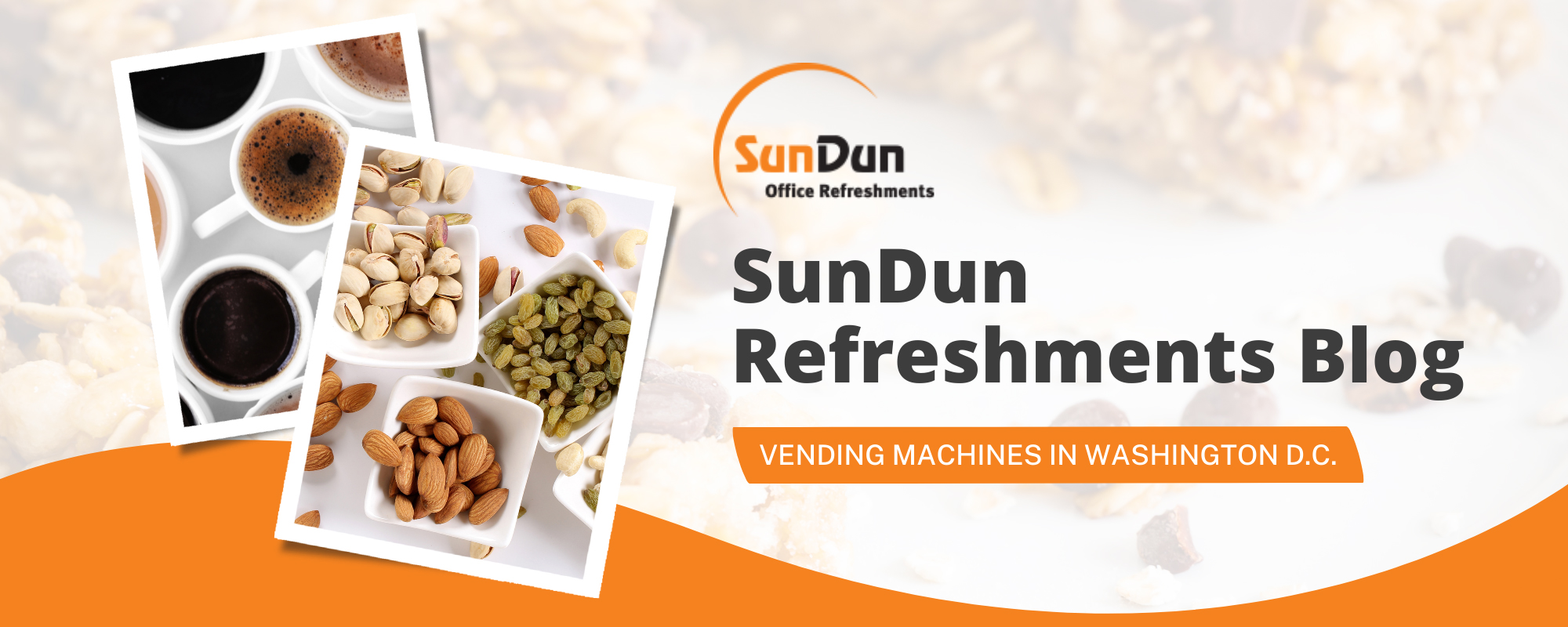 Skip to content
Skip to content 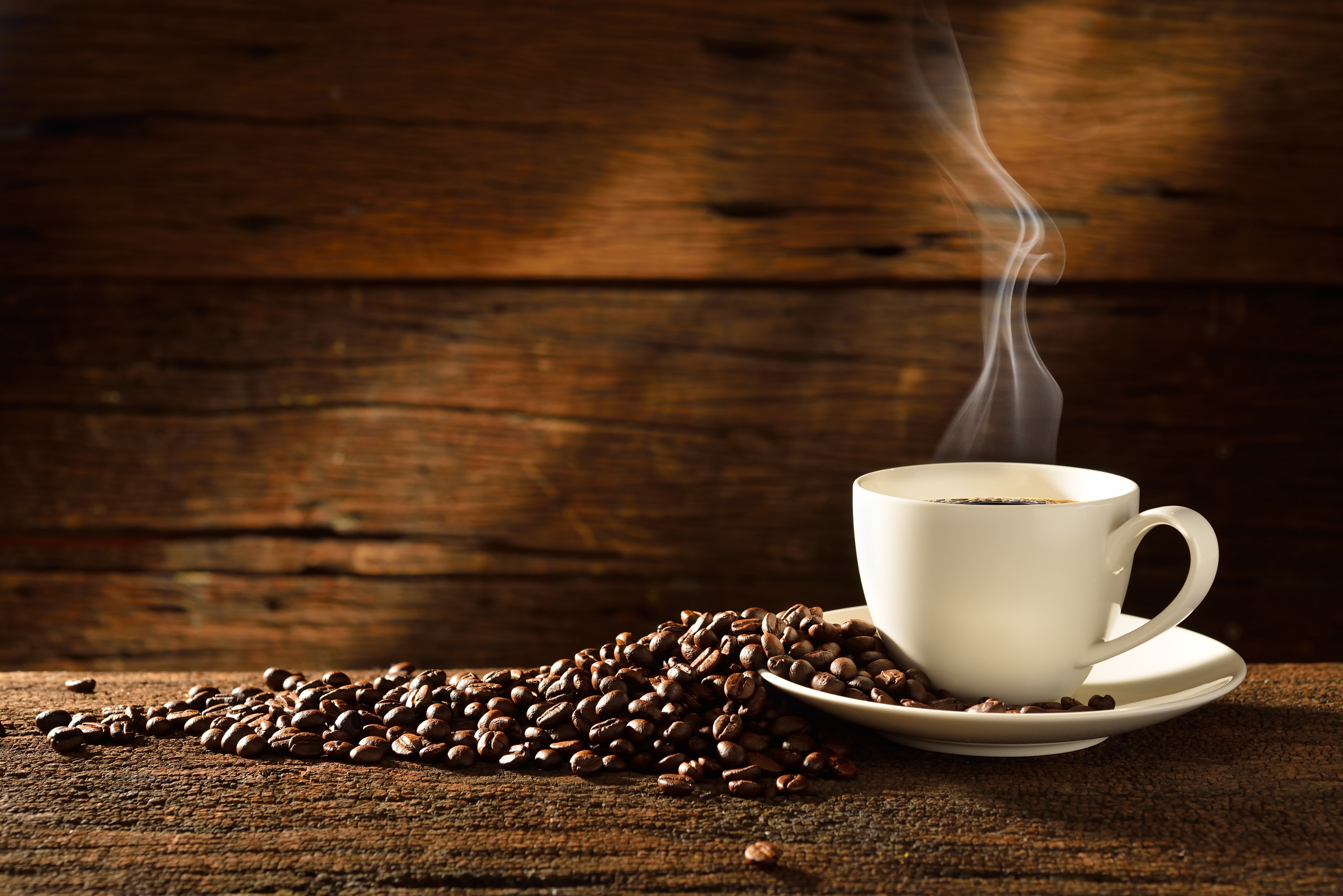
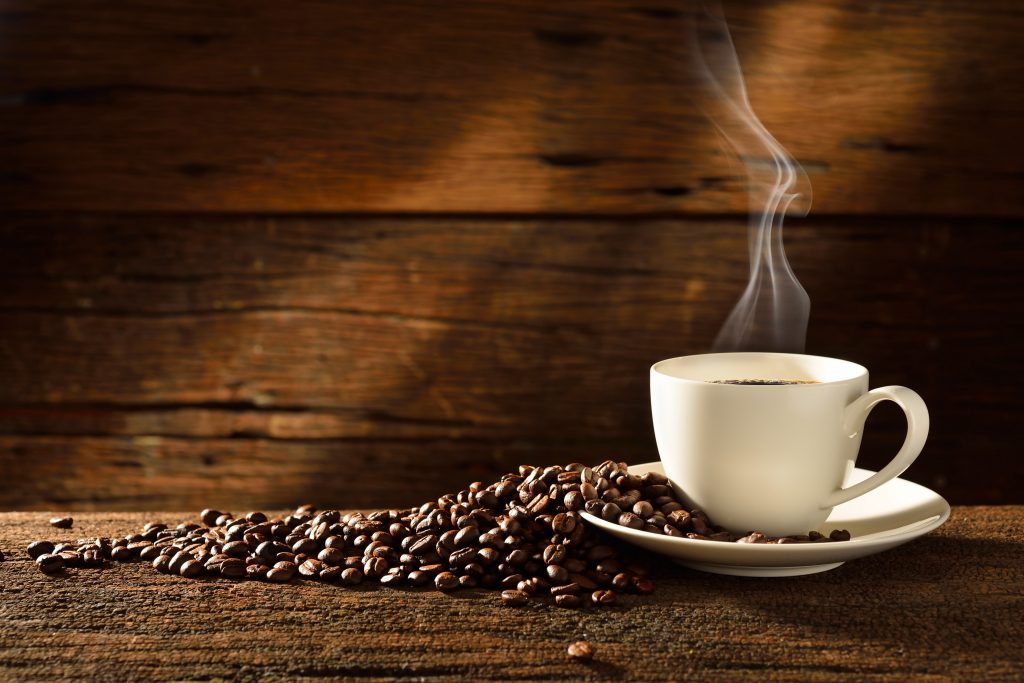
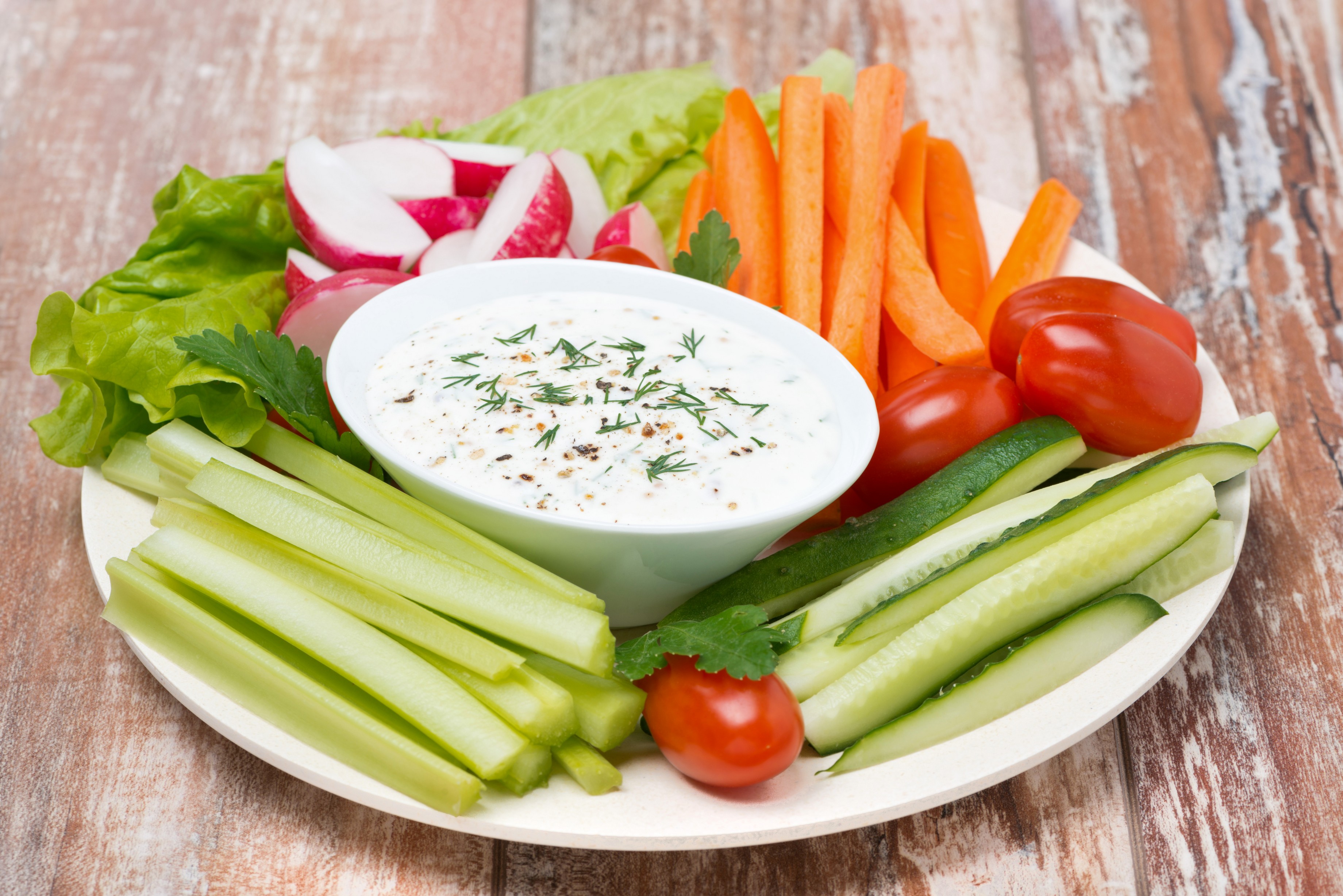
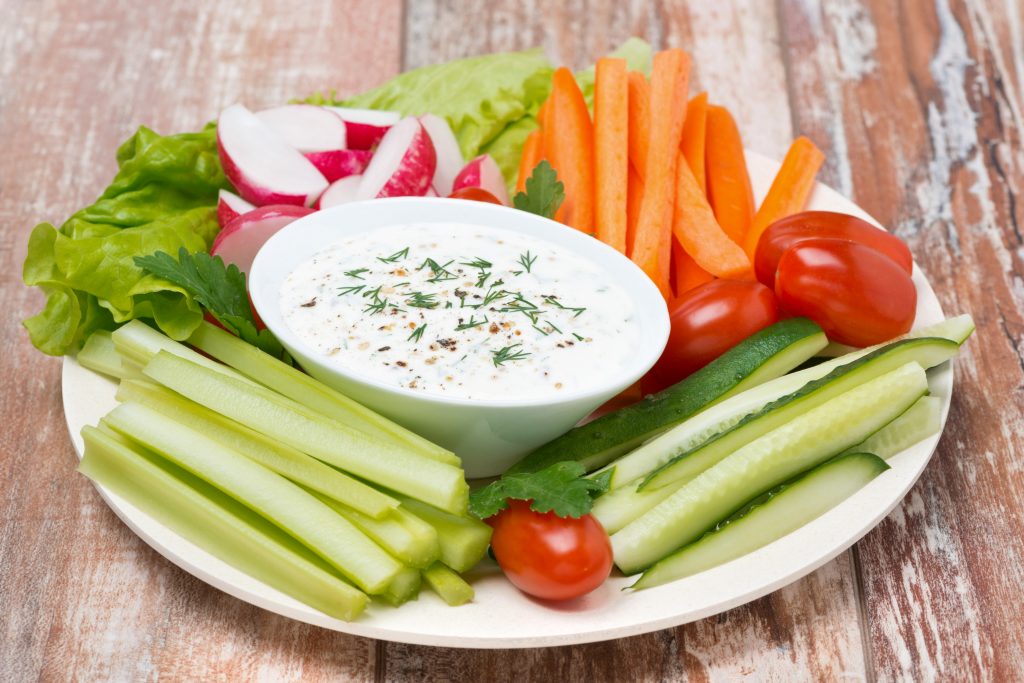
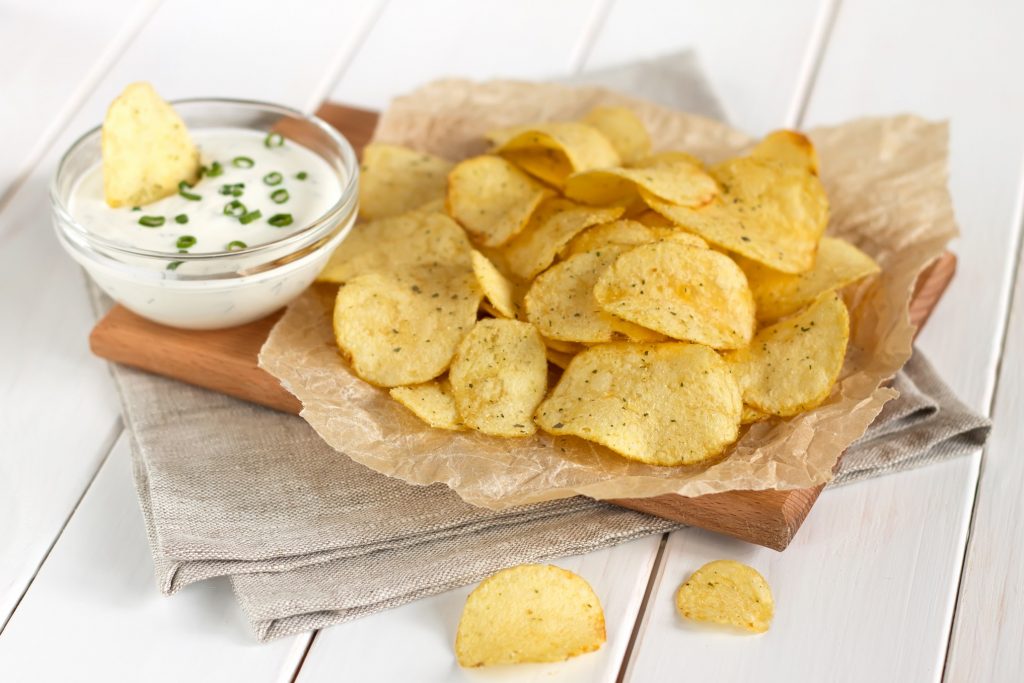
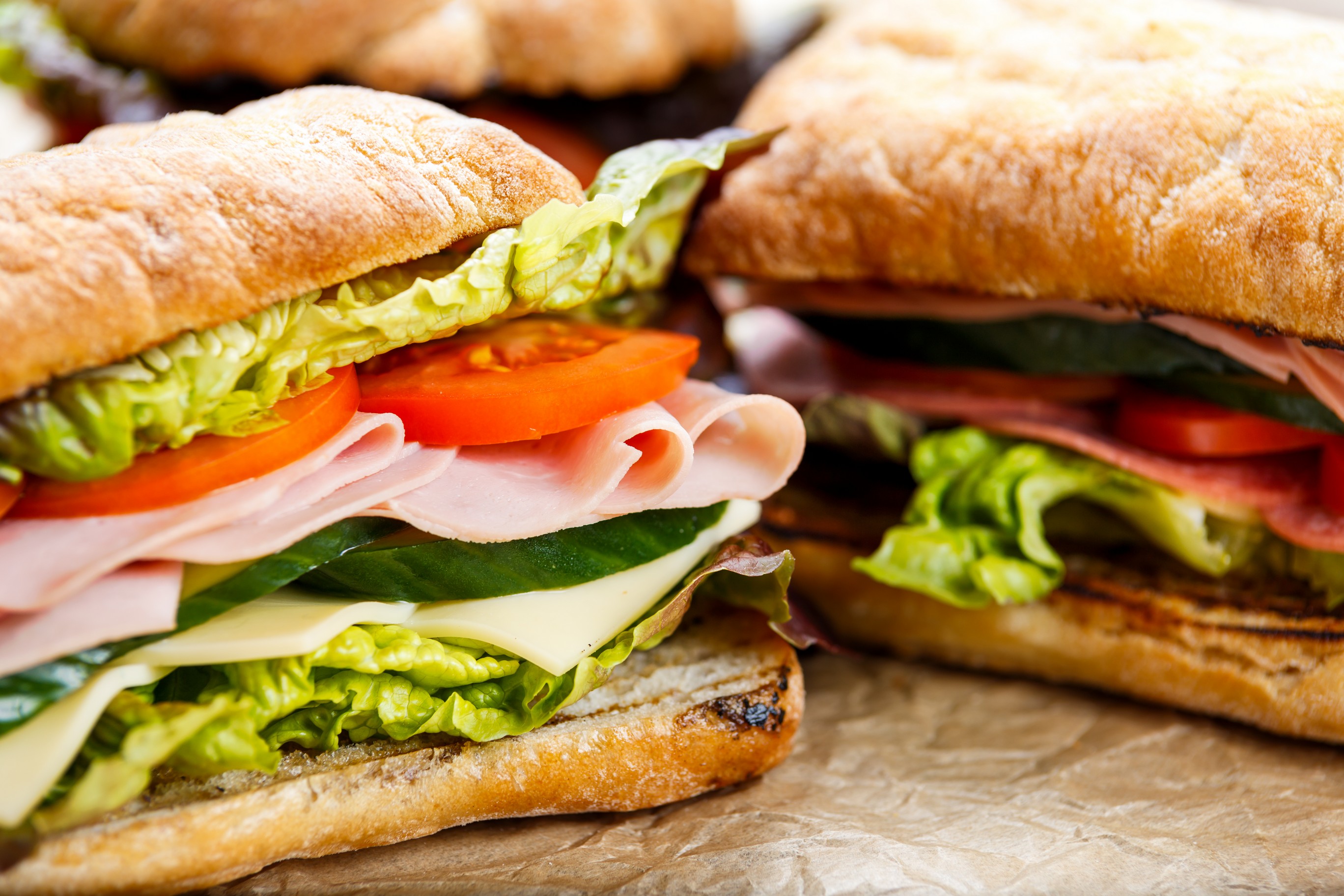
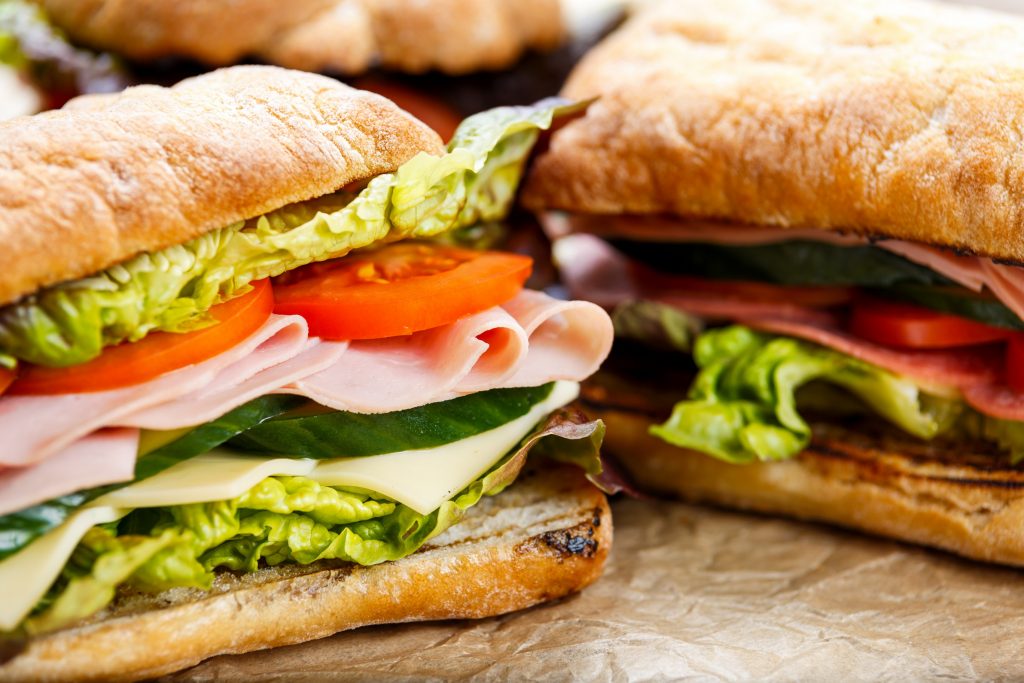
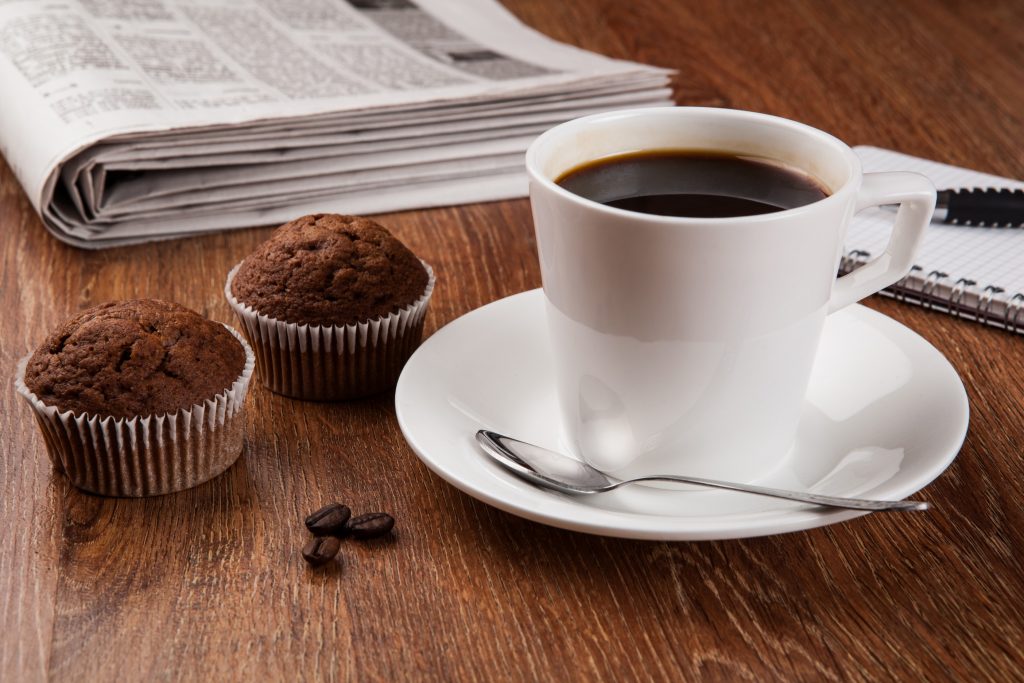
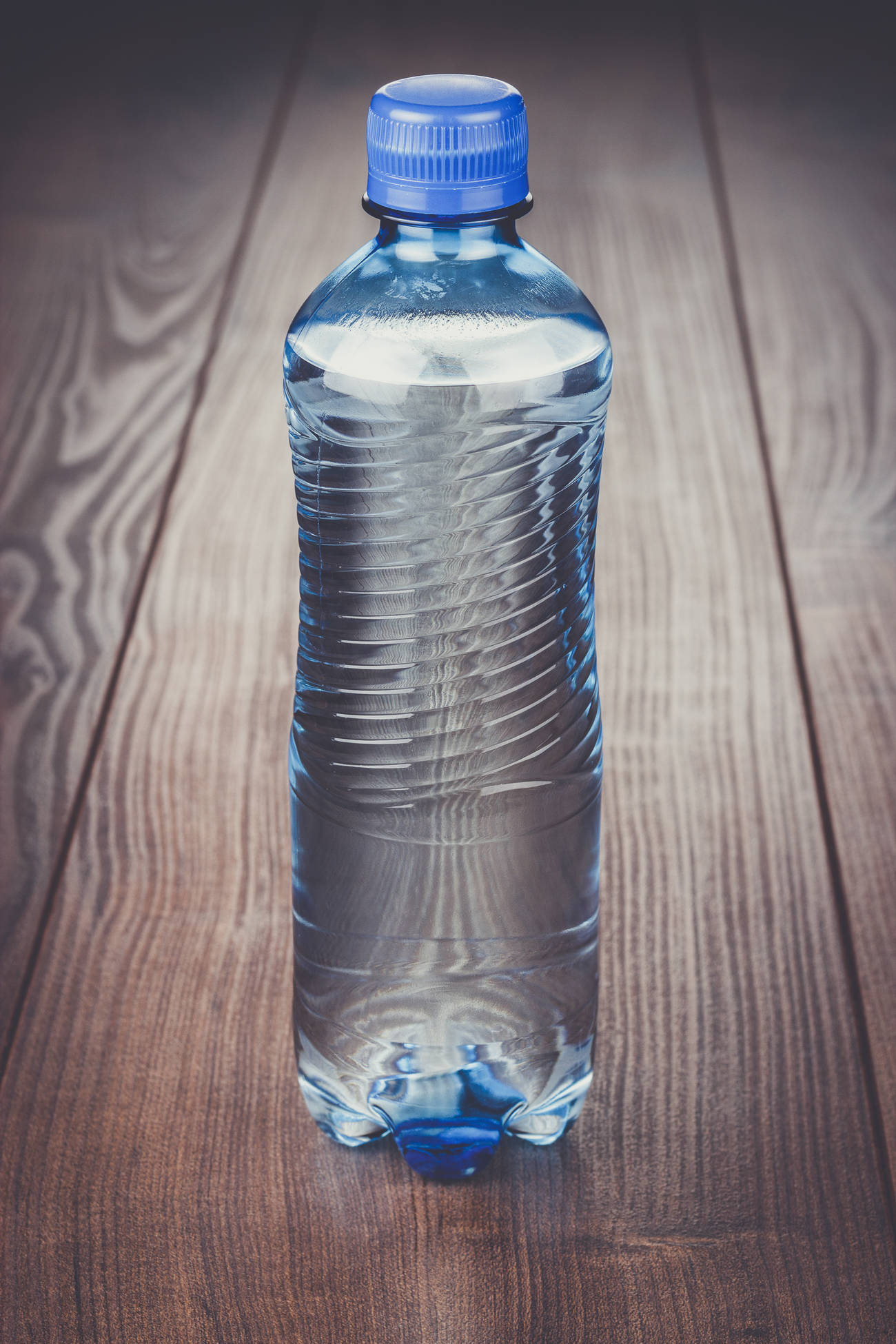
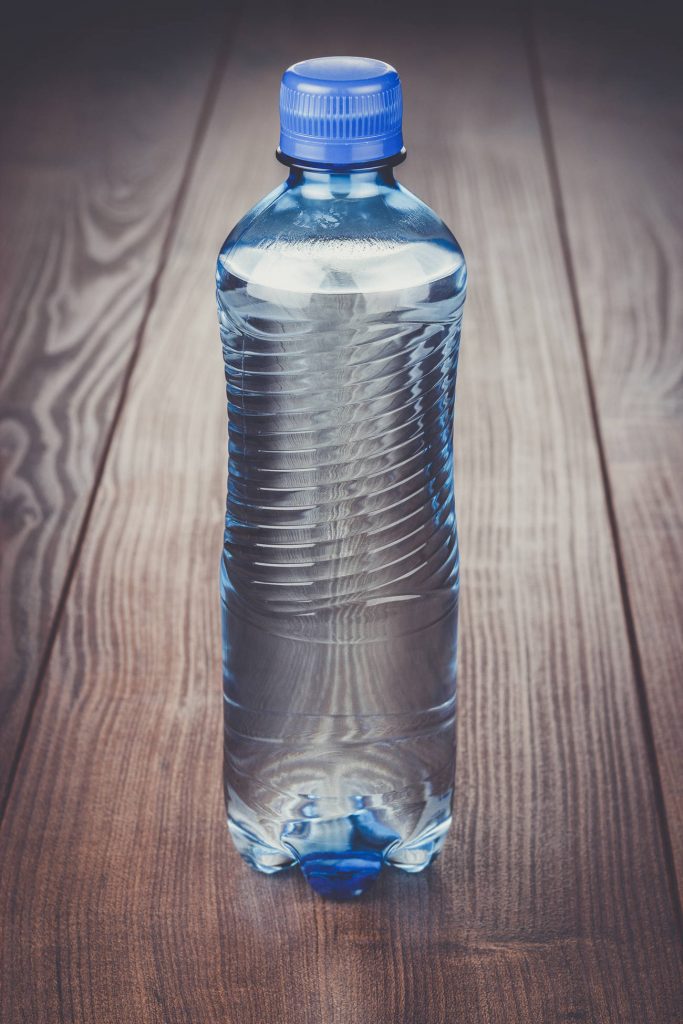
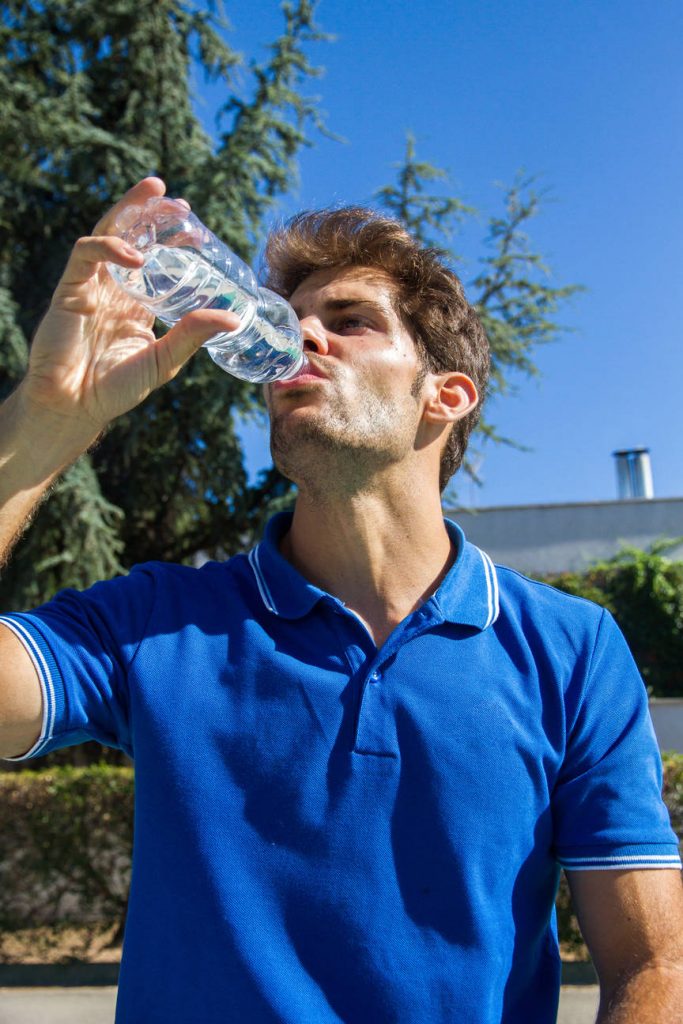 It can be consumed at any time of the day.
It can be consumed at any time of the day.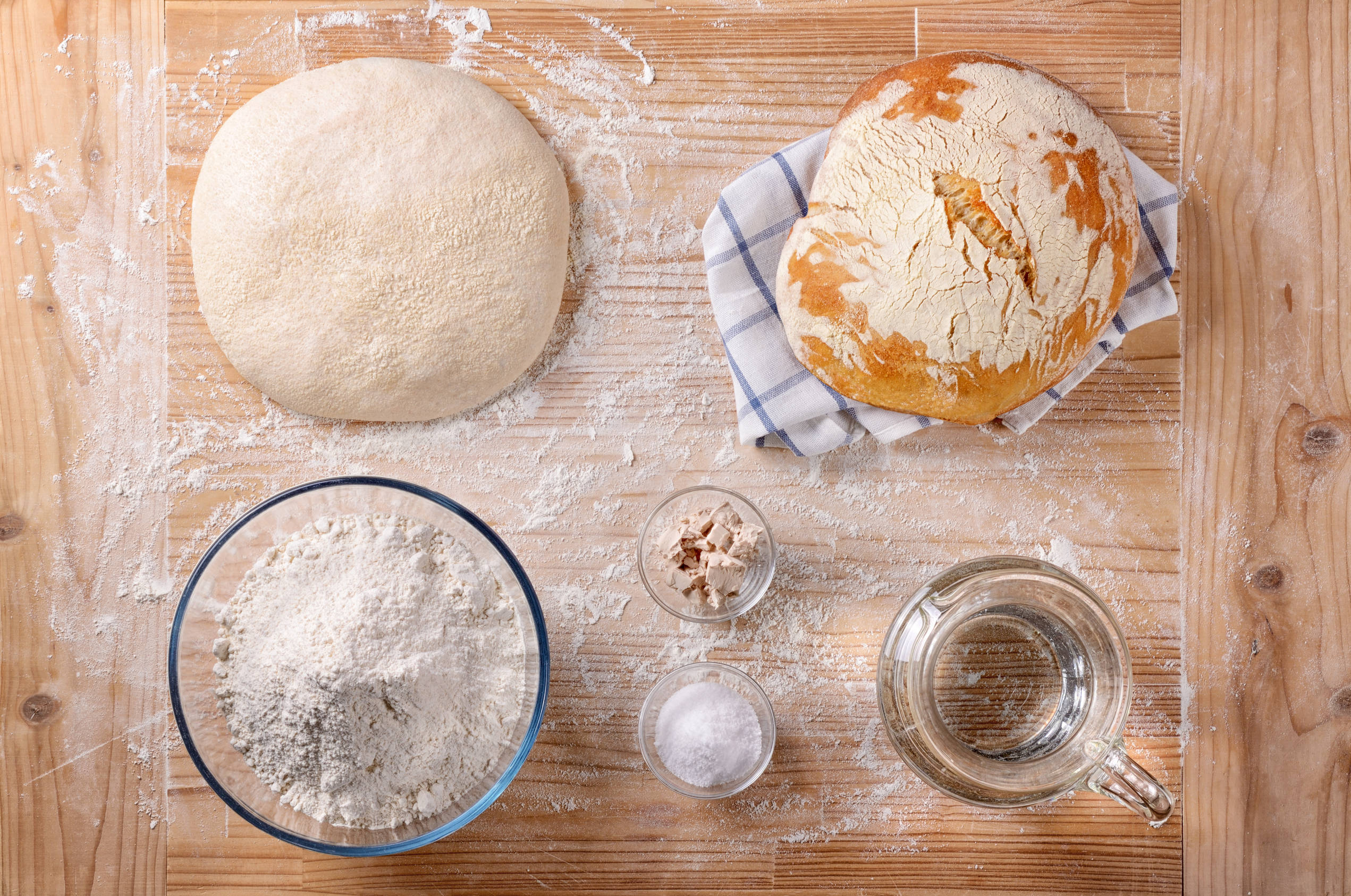

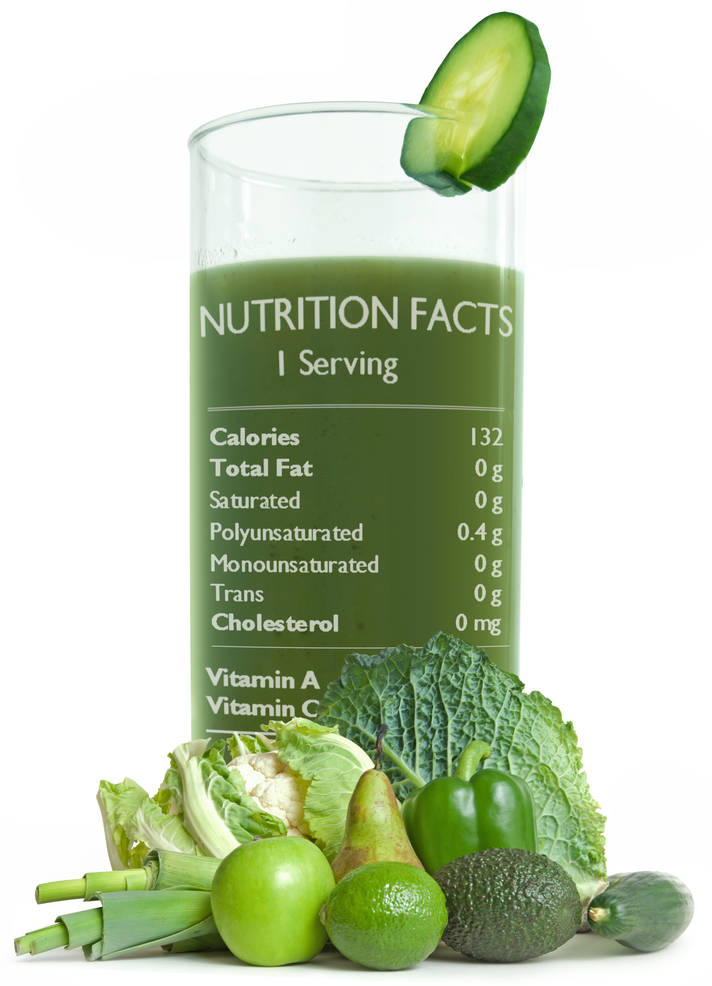 Nutrition Labels
Nutrition Labels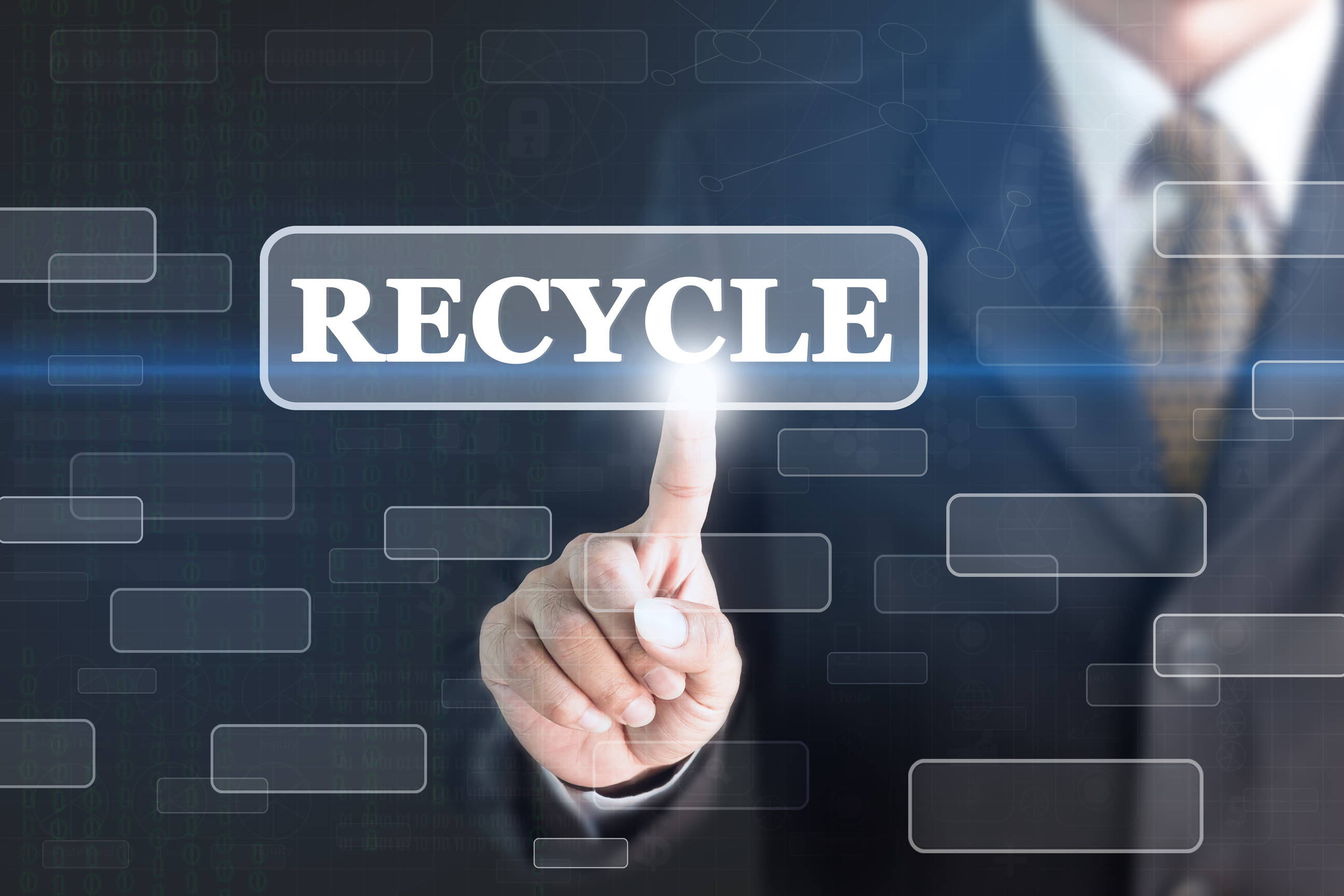

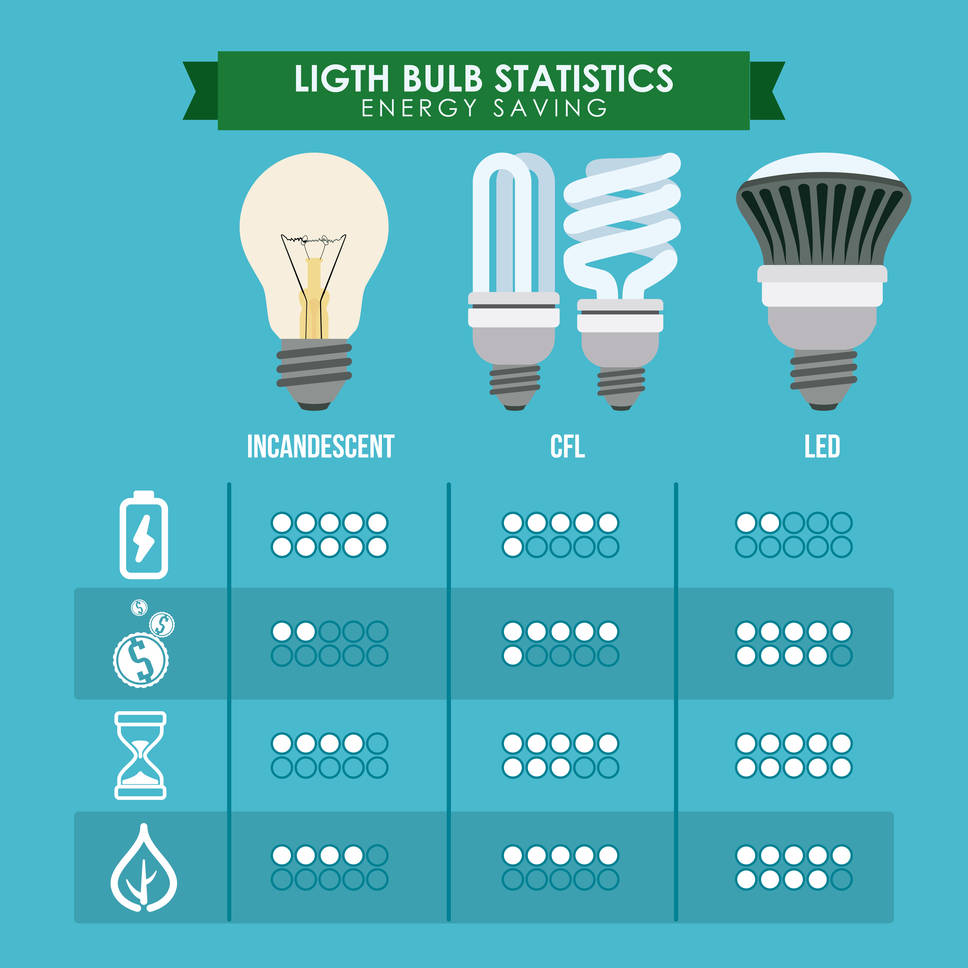 A different, but just as important, approach to reducing the use of important resources is to consider different ways to decrease energy consumption, especially in the office environment. Reevaluating the different types of equipment and appliances, such as computer monitors, copy machines, and vending machines, from an energy usage point-of-view will provide a more complete picture of the cost of each item. Choosing equipment that meets Energy Star ratings will not only lower electricity costs over the life of the machine, but it will also use less energy. That’s a plus for both the company’s bottom-line and the environment.
A different, but just as important, approach to reducing the use of important resources is to consider different ways to decrease energy consumption, especially in the office environment. Reevaluating the different types of equipment and appliances, such as computer monitors, copy machines, and vending machines, from an energy usage point-of-view will provide a more complete picture of the cost of each item. Choosing equipment that meets Energy Star ratings will not only lower electricity costs over the life of the machine, but it will also use less energy. That’s a plus for both the company’s bottom-line and the environment.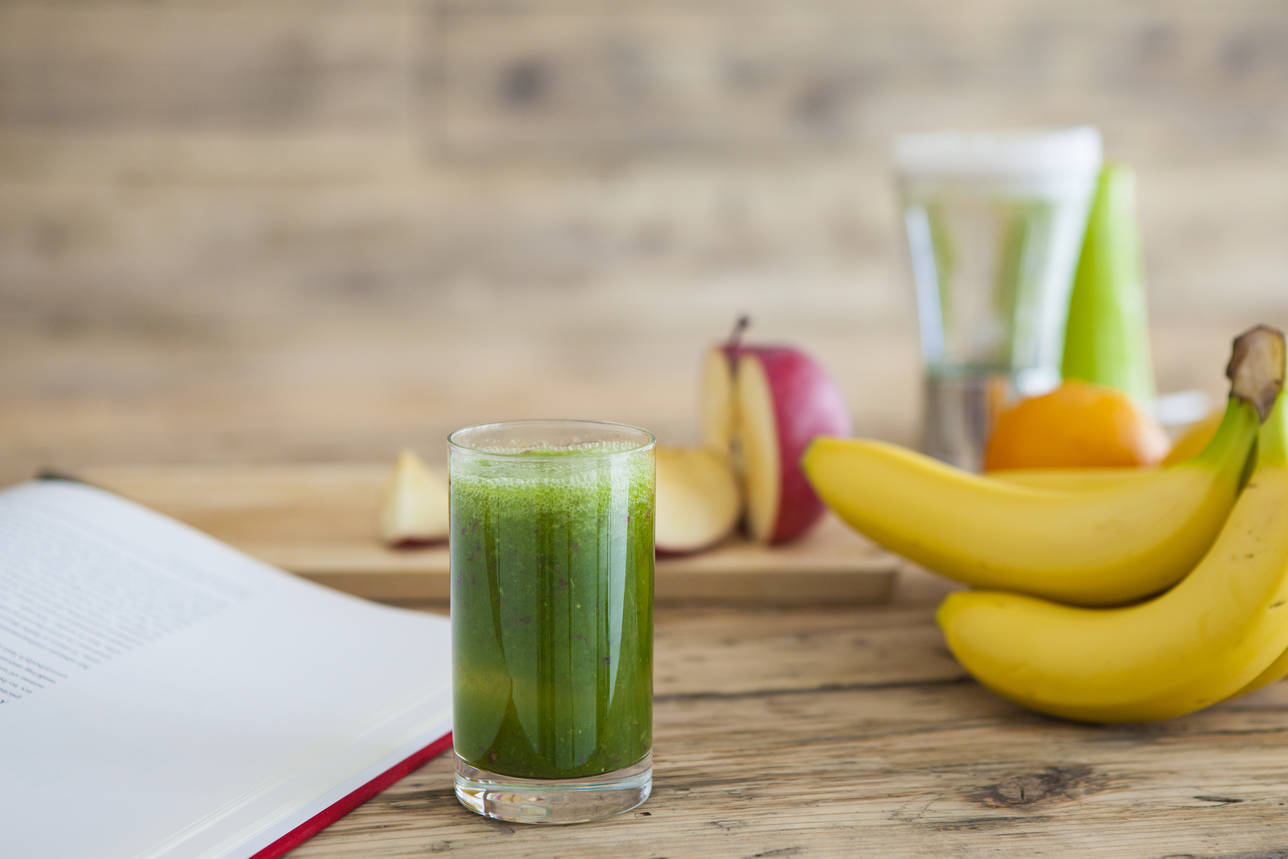

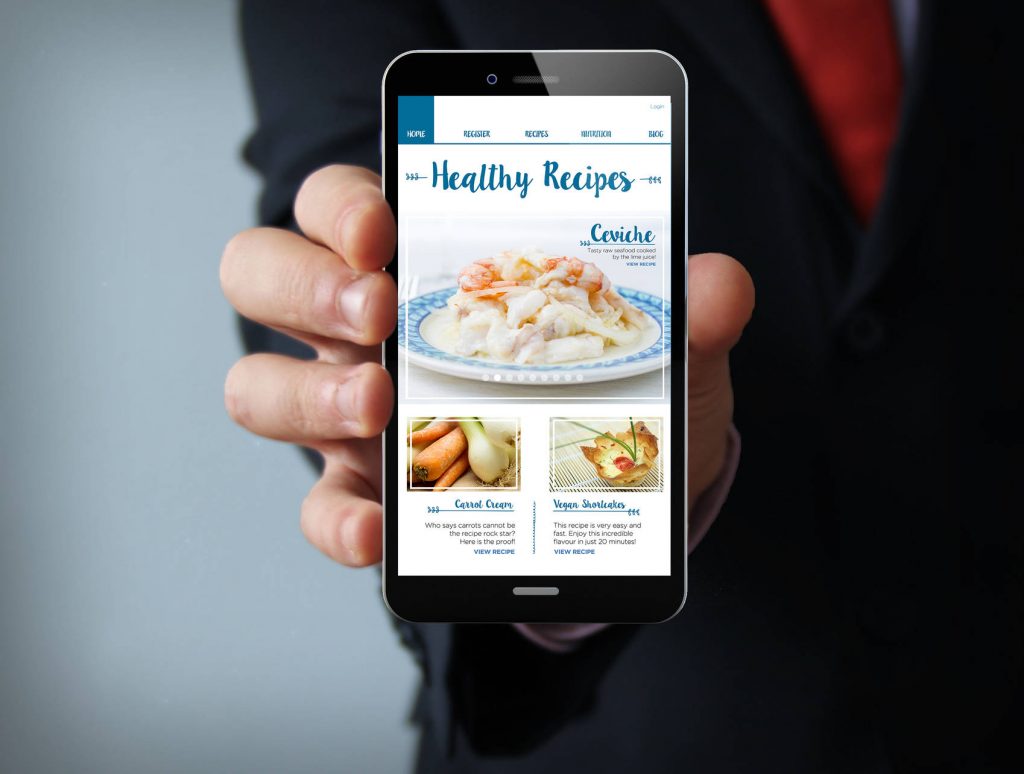 Technology as a Tool
Technology as a Tool

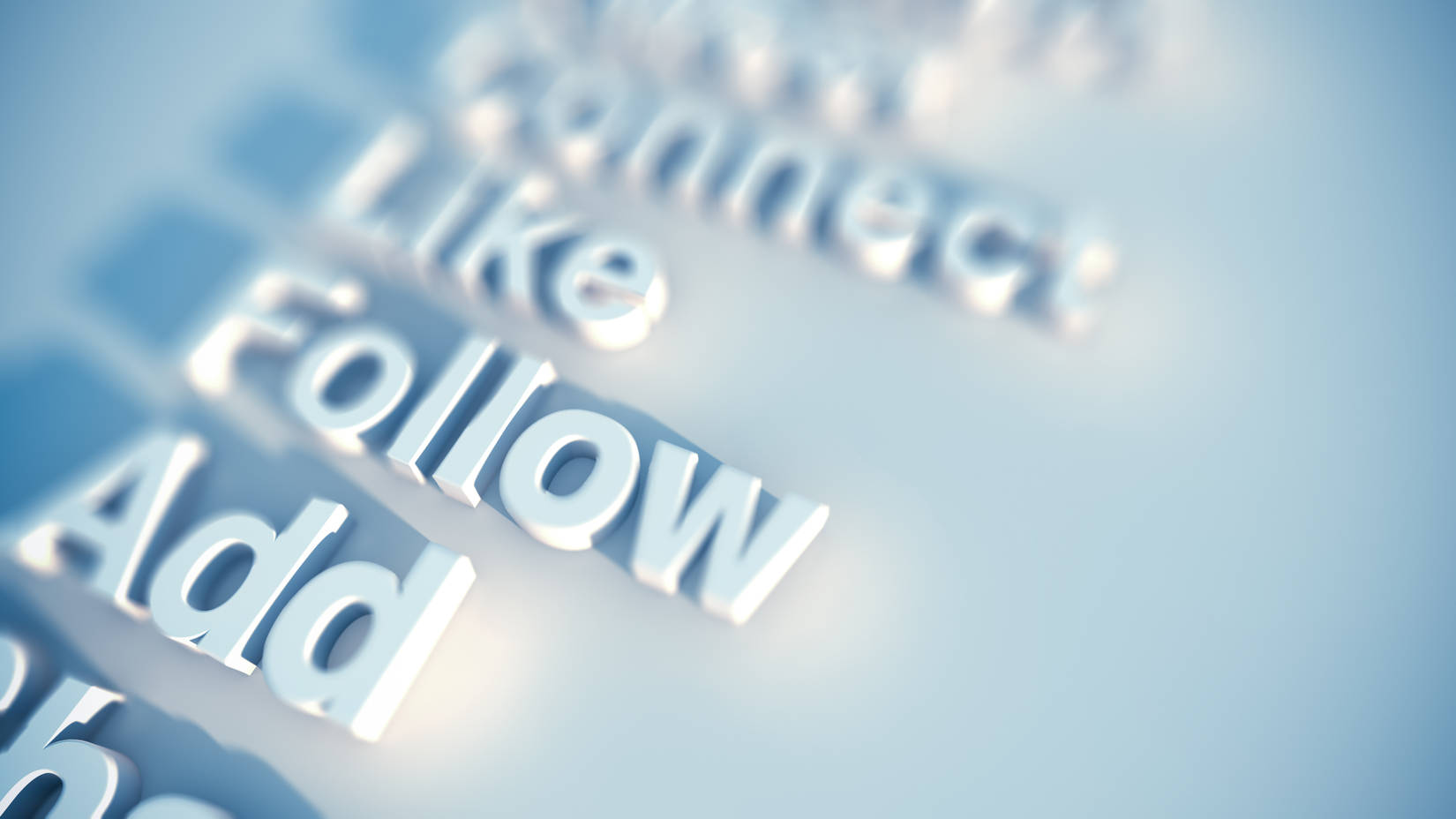 A few lessons we could learn from Blockbuster are:
A few lessons we could learn from Blockbuster are:

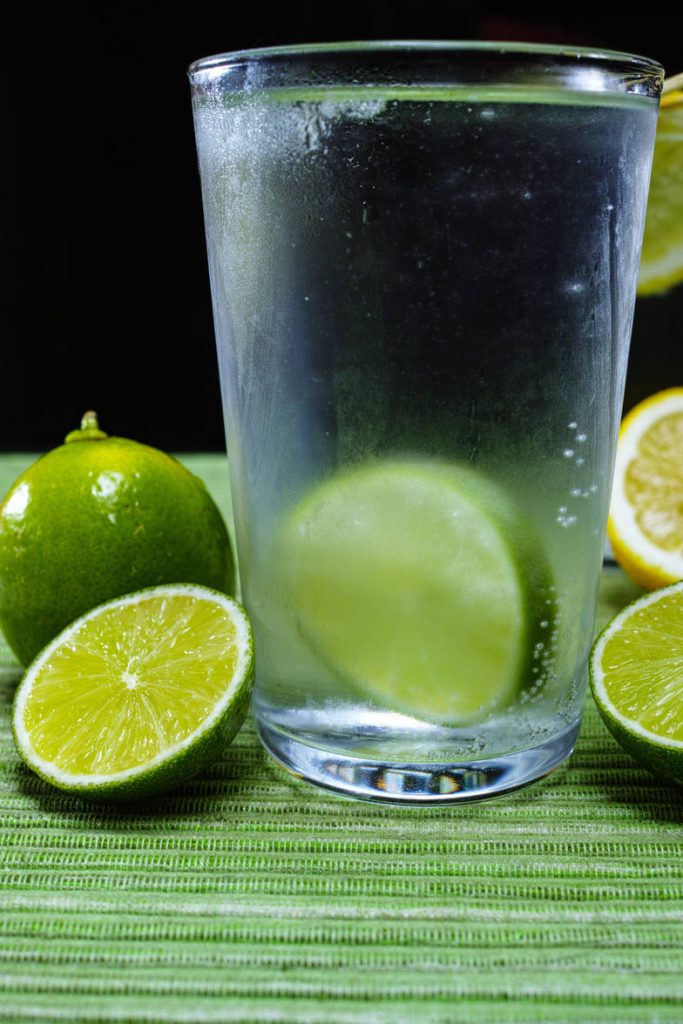 This year as you work to improve your own drinking habits don’t forget to help your Washington D.C. employees do the same.
This year as you work to improve your own drinking habits don’t forget to help your Washington D.C. employees do the same.

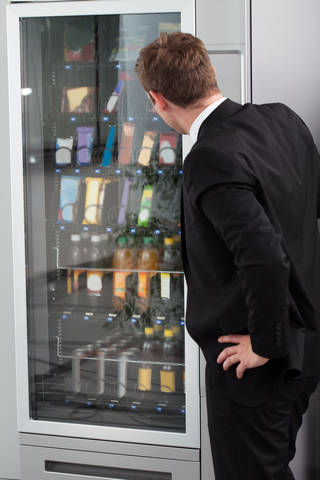 Do you use a mobile wallet? If you do, you are part of a segment of the population that is moving toward a cashless society. A June 2016 Gallop Poll found that fewer Americans are using cash for purchases today than they did five years ago. In November 2016, Capital One surveyed 1,805 individuals and found that 24.4% of the participants use a mobile wallet for purchases, and 63.3% of those individuals adopted the technology during the past year. That leaves 76.7% of those who participated in the study who do not use a mobile wallet. Another way to look at it is that there are 1,364 potential new mobile wallet users in the Capital One survey. Or 1,364 potential vending machine users in Washington D.C. that could purchase a
Do you use a mobile wallet? If you do, you are part of a segment of the population that is moving toward a cashless society. A June 2016 Gallop Poll found that fewer Americans are using cash for purchases today than they did five years ago. In November 2016, Capital One surveyed 1,805 individuals and found that 24.4% of the participants use a mobile wallet for purchases, and 63.3% of those individuals adopted the technology during the past year. That leaves 76.7% of those who participated in the study who do not use a mobile wallet. Another way to look at it is that there are 1,364 potential new mobile wallet users in the Capital One survey. Or 1,364 potential vending machine users in Washington D.C. that could purchase a